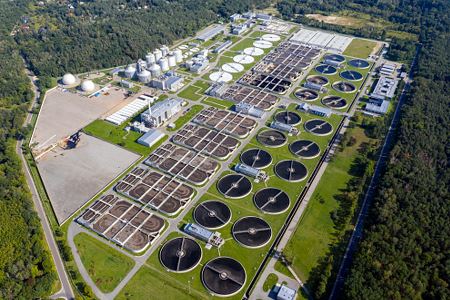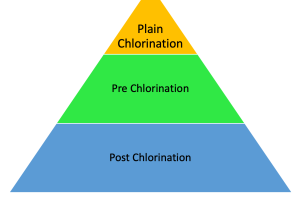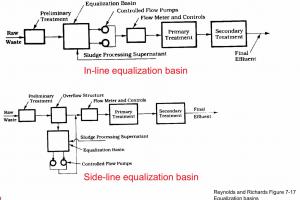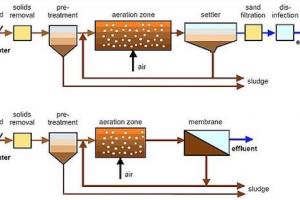Food to Microorganisms Ratio (F/M)

Definition of Food to Microorganisms Ratio
The Food to Microorganisms Ratio (F/M ratio) is a key parameter used in wastewater treatment processes to assess the organic loading rate and efficiency of the treatment system. It represents the ratio of the amount of organic food (measured as Chemical Oxygen Demand or Biochemical Oxygen Demand) entering the system to the quantity of microorganisms (typically measured as Mixed Liquor Suspended Solids or MLSS) present in the treatment process.
The F/M ratio is an important factor in determining the overall performance of biological treatment processes, such as activated sludge systems. It helps in maintaining a balance between the available organic matter and the microbial population responsible for its decomposition.
The F/M ratio can be calculated using the following formula:
F/M ratio = 
F/M ratio = BOD / MLSS x t kg of BOD / Kg of MLSS/day
FM ratio varies between 0.2 -0.5 day-1
F/M Ratio = Quantity of Food (COD or BOD) / Quantity of Microorganisms (MLSS)
A parameter of organic loading rate in the design aerated sludge parameter in the design of Trickling Filter in organic loading rate = kg of BOD / m3-d.
A higher F/M ratio indicates a higher organic loading on the microorganisms, which can lead to increased microbial activity and potentially higher treatment efficiency. However, excessively high F/M ratios can result in process instability, leading to issues like sludge bulking or poor settling.
Conversely, a lower F/M ratio suggests lower organic loading, which may result in under utilization of the microbial population and reduced treatment efficiency.
The optimal F/M ratio varies depending on the specific wastewater characteristics, treatment process, and desired effluent quality. It is typically determined through pilot studies or operational experience to achieve the best balance between organic removal and microbial growth.
- F/M ratio -0.5 day-1 has a good settleability of a sludge. (even in some cases it can go to 1)
- F/M ratio -<0.2 Food is very limited so the bacteria will die.
- F/M ratio 70.5 day-1 Food is more so the bacteria will move the effluent (failure of the system)
- If high F/M ratio, filamentous bacteria will also grow. They do not settle easily because of their long tails, and get entangled with each other. Food to microorganism ratio(F/M) is a commonly used parameter in the activated-sludge process which is defined as the kg of BOD5 applied per kg MLSS per day.
Derivation of F/M Ratio:
Q = Flow of Sewage (m3/day)
BOD = organic matter (mg/l)
FOOD = Q (m3/day) x BOD (mg/l)
FOOD = Q x BOD / 1000 (Kg of BOD/ day)
V = Volume of Aeration (m3)
MLSS = Mixed liquor suspended solids (mg/l)
Micro-organisms = V (m3) x MLSS (log/l) / 1000 = V x MLSS / 1000 (kg of MLSS in aeration tank)












